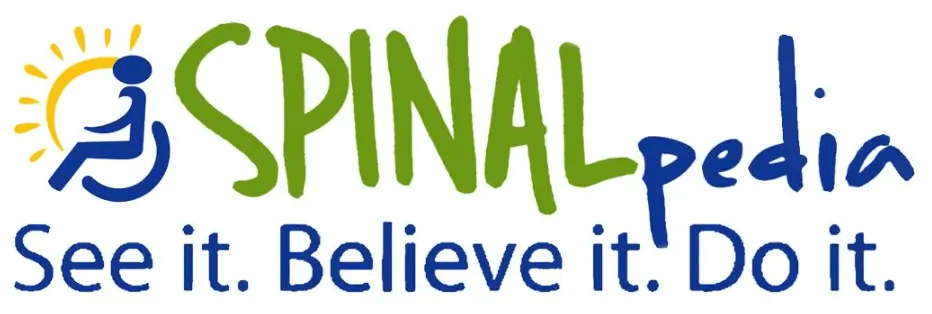 When it comes to your bowels, it can be one of the most tricky things to figure out after a spinal cord injury. When the spinal cord is injured, you can no longer feel when it’s time to go and you can no longer move the muscles to push what’s needed out. So what do you do?
When it comes to your bowels, it can be one of the most tricky things to figure out after a spinal cord injury. When the spinal cord is injured, you can no longer feel when it’s time to go and you can no longer move the muscles to push what’s needed out. So what do you do?
The good news – people with spinal cord injuries can work around this with medicine and help from others. Laxatives, suppositories and a careful diet are used. Glycerin, Enemeez-brand liquid enemas and Magic Bullet suppositories are popular, and all work great in their own right. Getting your body on the schedule is also helpful. The body can actually be trained to go at certain times too, and this is called a bowel program, which is commonly utilized by those with neurogenic bowels. Almost everybody with a spinal cord injury follows one. Some will do their program every morning, some only at night and others only do their’s every other day. It depends on your body’s needs.
Quadriplegics and paraplegics need different help in different ways too. Quadriplegics sometimes need a caregiver to help pull the stool out. This is called digital stimulation . Paraplegics however can do this on their own since they can move their arms and fingers on their own. There are also special tools, such as the Royal Reach suppository inserter, to help those quadriplegics who can move their arms, but only half of their fingers, and want to be independent.
And where it’s done is important. Some people like to do their bowel program in bed over a disposable pad. Others use a commode chair and sit over the toilet. No matter where you do it however, we won’t lie – a bowel program takes some getting used to.
Don’t forget – drinking a lot of water and eating food that’s full of fiber (examples: beans, fruits and vegetables) can help your body stay on track too when going to go the bathroom. Something nobody likes – constipation – happens a lot to people who’re paralyzed. You must be careful though, taking a laxative to fix constipation can cause diarrhea. Running to the bathroom and sitting on the toilet quickly is not easy for most people after their injured, if you catch my drift.
When taking a new laxative, always try just a 1/2 a pill first to see how your body reacts, and then take more if you need to. There are a lot of laxatives and suppositories you can take, so make sure you talk to your doctor to see which is the best for you. And lastly, if a bowel program isn’t something you want to deal with, you can also consider getting a colostomy procedure, which allows you to skip a bowel program altogether by creating a bowel conduit via stoma.
Please watch the video below to learn more about how your bowels change after a spinal cord injury and how one smart quadriplegic manages it.
Video: Quadriplegic Bowel Care
Takeaway Points:
- A bowel program is necessary to get your body on track
- Even if you can’t feel when you need to go to the bathroom, you can do this
- Magic Bullet suppositories are highly popular and work well in people with spinal cord injuries
- Some quadriplegics may require digital stimulation from a caregiver to finish their bowel program
- A bowel program can be done in bed or over the toilet in a commode chair
- People with spinal cord injuries can get constipated more easily. Eating lots of fiber and fruits and vegetables helps
Helpful Links:
Bowel Function after Spinal Cord Injury (PDF) (PDF) – UAB-SCIMS – http://www.msktc.org/lib/docs/Factsheets/SCI_Bowel_Functioning.pdf









